A device for life
We spotlight growth patterns, trends and material moves in global medical device markets for sheet-metal manufacturers in the March issue of ISMR. You can read the full article at https://joom.ag/ob4d/p24
The global medical devices market is poised to grow by US$155.43 billion during 2022-2026, accelerating at a CAGR of 5.5% during the forecast period. The medical device sector produces a wide variety of instruments used in healthcare, including those used for in-vitro diagnostics; diagnostic imaging; dentistry; optometry; cardiology and hospital supply.
The global medical devices market is highly fragmented owing to the presence of large numbers of market players on a global, as well as regional, level. Most of the industry players invest prominently in Research & Development (R&D) activity to develop new products and upgrade their existing product list. These market players largely focus on expanding their distributors across the globe, allowing companies to expand their product offerings.
The medical device manufacturing industry is changing considerably, embracing smarter, more connected technologies. It is under constant pressure to control costs without sacrificing research development, timelines or safety. In recent years, emerging technology, process innovations and an ageing population have contributed to explosive growth in the demand for medical devices.
“Expanding a company's global reach and product range through new releases and approvals is a common practice that helps businesses keep up with expanding client demand. One of the most popular strategies utilised by manufacturers of medical devices to increase their international clientele, while preserving their established identities, is collaboration,” explained market analyst, Market Research Future.
Global medical device market
According to market analyst, Precedence Research, the global medical devices market was valued at US$ 550 billion in 2021 and is expected to reach US$ 850 billion by 2030, poised to grow at a compound annual growth rate (CAGR) of 5.5% during the forecast period 2022 to 2030.
“By end-user, the hospitals and clinics segment accounted for 88.5% of the total revenue share in 2021. The diagnostics centres segment is growing at a CAGR of 10.3% from 2022 to 2030. The North American region has dominated the market with 39.9% of the total revenue share in 2021. The significant growth of this region is mainly because of developed healthcare infrastructure and increasing concerns for healthy lives,” it explained, highlighting key takeaways from the report.
“Increasing investment in Research & Development (R&D) activity by medical technology companies for the development of new and advanced medical devices, and easy approval for those devices by the regulatory authorities, are expected to drive market growth for medical devices over the coming years. Increasing demand for innovative therapies along with technological advancements in the medical devices to meet unmet requirements in the healthcare sector are considered as prime factors supporting the growth of medical devices,” it added.
However, the data security threat may hamper market growth for medical devices as internet connection is required for transferring patient’s data from remote devices to the physician. The rising trend for connected devices makes them attractive and increases the risk of data breaches or hacks.
Asia Pacific emerged as the fastest growing region during the forecast period in the report, owing to a growing, ageing population; increasing per capita incomes and growing health concerns among people. Increasing investment on healthcare infrastructure in the region is anticipated to further boost the market for medical devices over the analysis period.
“China and India are the prominent countries in the Asia Pacific region that hold second and fifth positions, respectively, in terms of global market revenue. The market for medical devices in these countries is mainly governed by the incentives offered by local governments, along with healthcare reforms,” added the analyst.
Therapeutic applications include gastrointestinal and general surgery; diagnostic imaging; respiratory; orthopaedics; cardiovascular; dental; neurology; ophthalmology; Ear-Nose-Throat (ENT); nephrology; urology and others.
You can read the rest of this article at https://joom.ag/ob4d/p24


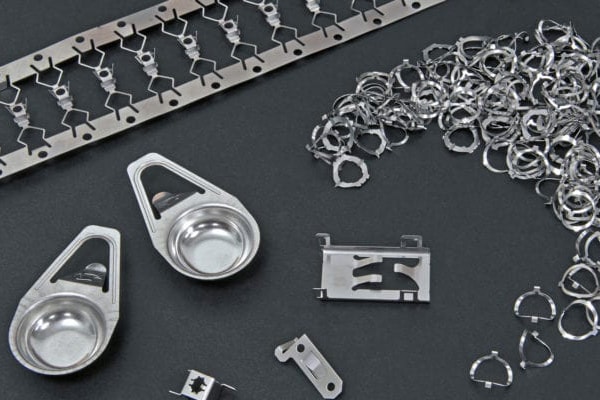

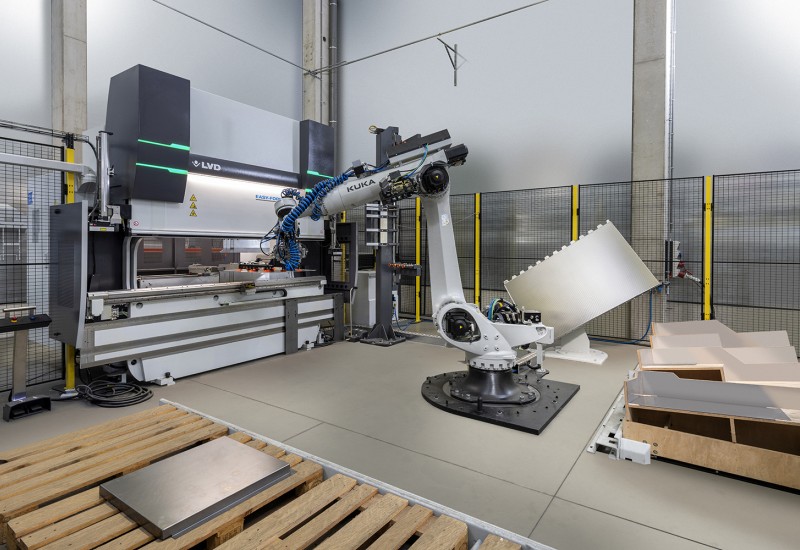









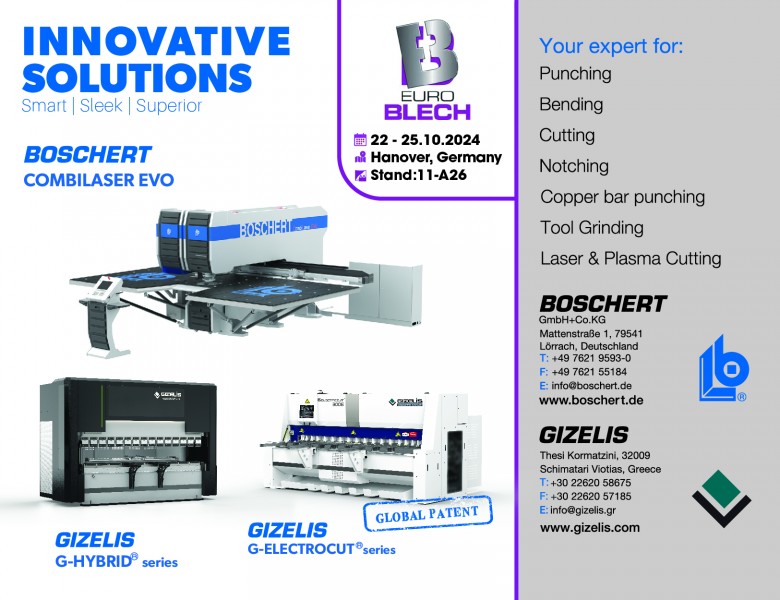





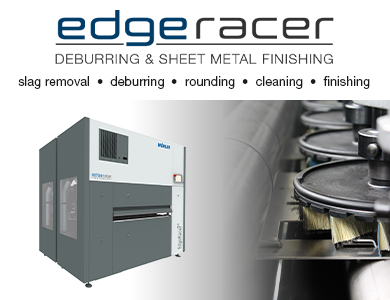




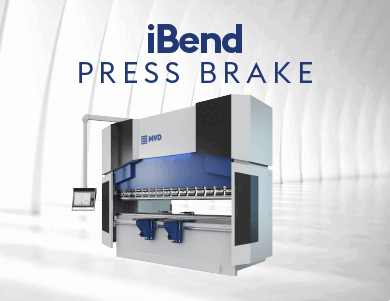






Recent comments